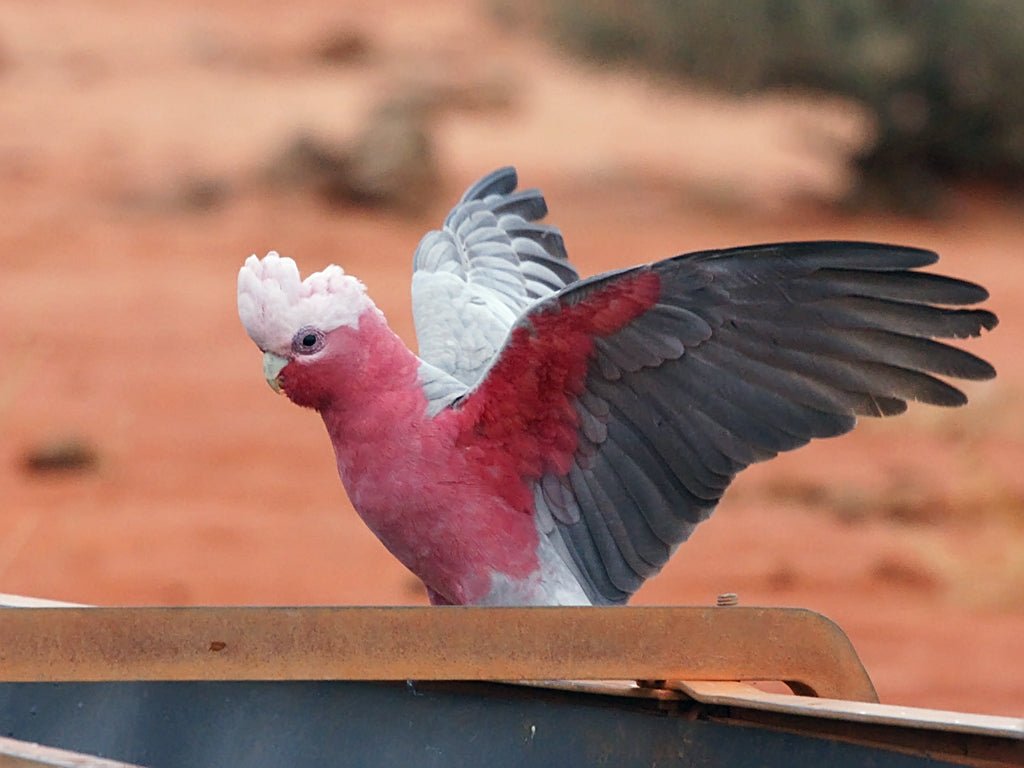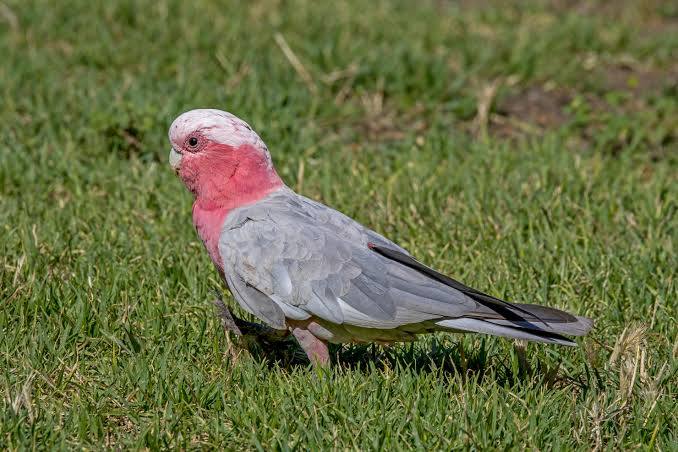

While we make every effort to ensure that our online stock levels are accurate and up to date, some products—particularly those that are perishable or subject to daily changes—may vary in availability. This includes livestock, fish, corals, and both fresh and frozen foods. Due to the nature of these items and their dependence on factors such as shipment schedules, health status, and in-store demand, availability can change rapidly and may not always be reflected in real time on our website.
To avoid disappointment, we strongly encourage customers to confirm the availability of these products before placing an order or visiting In-Store. You can do this easily by using the "Ask a Question" tab on the product page or by calling us directly on 0460 961 696 .
Our friendly team will be happy to assist and provide the most up-to-date information on current stock.

A loud, lovable larrikin with a splash of pink and a whole lot of personality, the Galah (Eolophus roseicapilla) is one of Australia’s most iconic parrots. With its rose-pink chest, pale grey wings, and expressive crest, the Galah is as striking as it is intelligent. Known for its playful antics, strong social bonds, and impressive mimicry, this native cockatoo makes a lively and affectionate companion for experienced bird keepers.
Species: Eolophus roseicapilla
Common Names: Galah, Rose-breasted Cockatoo, Pink and Grey
Origin: Widespread throughout mainland Australia – open woodlands, grasslands, and urban areas
Size: 35–38 cm
Average Lifespan: 40–70 years in captivity
Temperament: Social, intelligent, playful, and at times demanding
Care Level: Advanced
Housing & Environment:
Galahs are highly active and require large aviaries or extra-large cages (minimum 120 × 90 × 150 cm) if housed indoors. Time outside the cage every day is essential for exercise and enrichment. As natural foragers and chewers, they need a wide variety of toys, branches, and destructible items to stay mentally stimulated and physically healthy. Boredom in Galahs leads to destructive behaviours—think noise, chewing, and feather plucking.
Diet:
Galahs thrive on a balanced diet consisting of:
-
High-quality formulated parrot pellets (as the staple)
-
Fresh vegetables (carrot, broccoli, sweet potato, capsicum, leafy greens)
-
Limited fresh fruit (apple, berries, melon – avoid avocado)
-
Occasional nuts and seeds as treats (sunflower seeds only sparingly)
Fresh water must always be available.
Training & Behaviour:
Highly intelligent and capable of learning tricks, vocalisations, and routines, Galahs bond strongly with their humans. They can be affectionate, funny, and mischievous—but also moody or nippy if not given enough attention. Consistent, positive reinforcement training is essential. Social interaction is a must; they do not cope well with isolation.
Care Tips:
✔ Daily out-of-cage time and social interaction
✔ Provide a constant rotation of toys and enrichment
✔ Be mindful of loud vocalisations—this is a naturally noisy species
✔ Keep a regular routine—Galahs thrive on structure
✔ Annual avian vet check-ups recommended
Compatibility:
Galahs may be housed singly with strong human interaction or as a compatible pair. They can live peacefully with other cockatoos in large aviaries but may become territorial, especially in breeding season. Never house with smaller, more fragile birds.
Availability:
Widely available through licensed Australian avian breeders. Hand-raised Galahs are best suited for companion pets due to their socialisation and trust with humans. Check licensing and local regulations before purchase.
Disclaimer:
"Galahs are long-lived, high-maintenance parrots that require extensive time, interaction, and enrichment. Not recommended for first-time bird owners without proper preparation."



